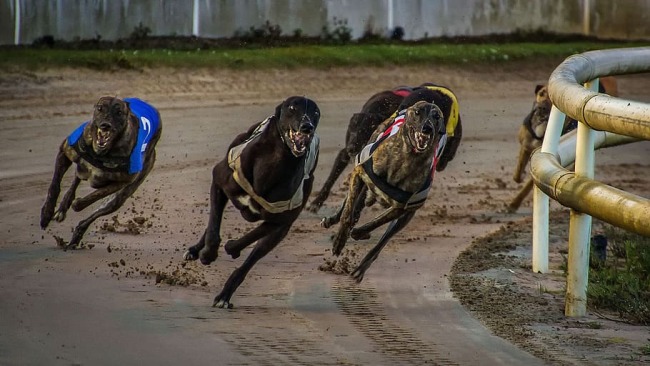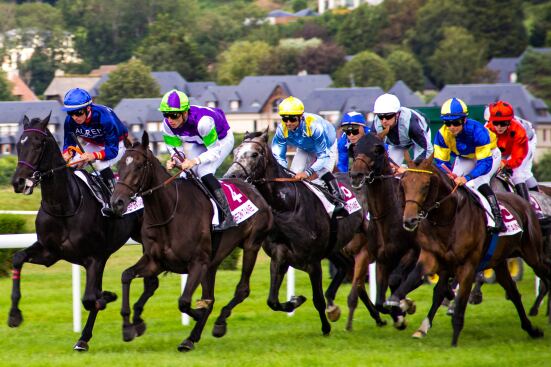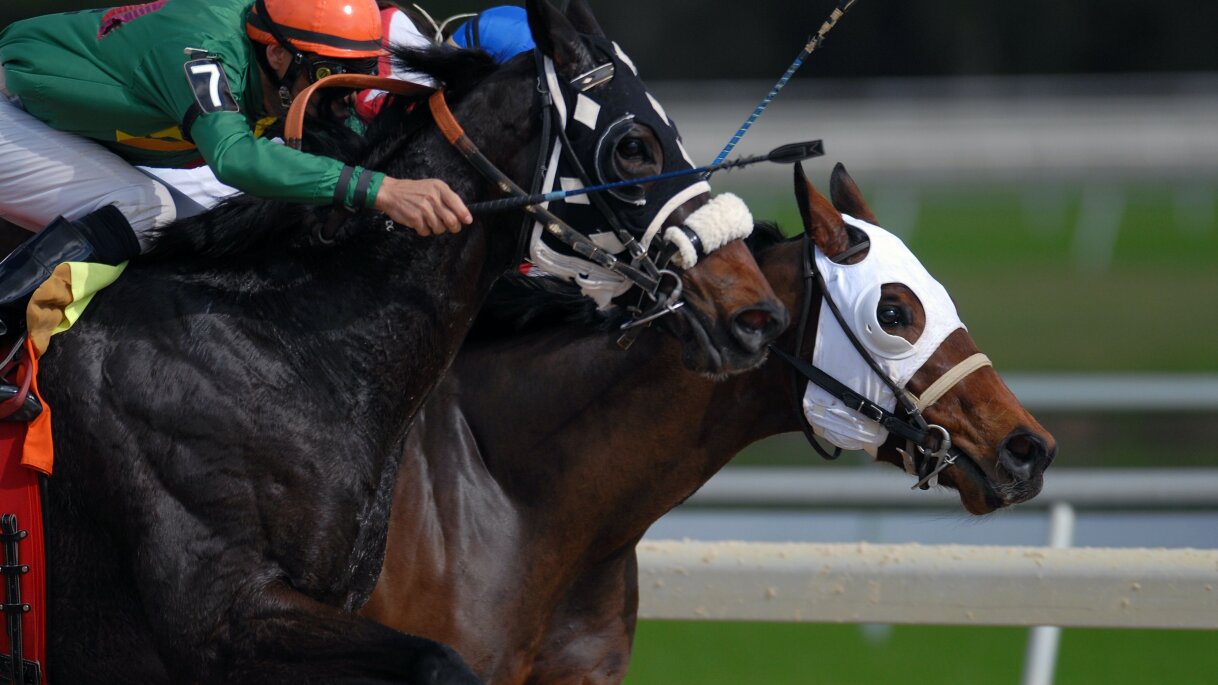Greyhound & Horse Racing: A Thriving Industry Built on Speed & Skill
Ever felt the thrill of watching powerful animals sprint at breakneck speeds? Greyhound and horse racing are exciting spectator sports that have been around for centuries. Whether you're cheering on your favorite horse at the Kentucky Derby or clutching your ticket at the dog track, the energy is electric.
These sports showcase both human skill in breeding and training top competitors as well as the raw power and grace of the animals. And of course, what's a race without a little wagering to make things interesting? The betting aspect is a huge driver of the racing industry.
The History and Evolution of Greyhound Racing
Greyhound racing has been around since the early 1900s but has seen huge changes since its humble beginnings. Originally, greyhound racing consisted of simple competitions at fairgrounds and racetracks to determine the fastest dog. Now, it has evolved into a massive industry, with professional tracks and regulated online betting through sites like BC.Games.
In the early 20th century, Owen Patrick Smith invented the mechanical lure that the greyhounds chase around the track. This innovation allowed the sport to become a true spectator event. The first professional greyhound racing track opened in Emeryville, California in 1919. Within a decade, over 40 tracks had opened across the U.S. and Britain.
Today, there are over 60 tracks in the U.S. and UK, and over $3 billion is wagered on greyhound racing annually. The sport has also become more humane, with tracks following strict regulations on the dogs' well-being and adoption programs for retired racers. Technological innovations like photo finishes and electronic timing have made the races more precise and exciting.

While some animal rights groups criticize the treatment of racing greyhounds, the sport continues to thrive. For racing fans, there has been nothing quite like the thrill of watching these graceful hounds run at over 45 miles per hour and the possibility of winning big by betting on the right dog. Greyhound racing has come a long way in its century of history, but speed, skill, and the chance of hitting it big will surely keep this tradition going for years to come.
Thoroughbred Horse Racing Through the Ages
Horse racing has been around for centuries, evolving from simple competitions of speed into an international multi-billion dollar industry. Thoroughbred racing, in particular, has a long and storied history.
The Sport of Kings

Thoroughbred racing became popular among British royalty and aristocrats in the 17th and 18th centuries, earning it the nickname the sport of kings. Massive events like the Epsom Derby and Grand National were established, and remain major highlights of the racing calendar today.
Breeding thoroughbreds is a science, with stallions and mares carefully selected to produce foals with the speed, stamina, and temperament to become champions. Top thoroughbreds can sell for millions at auction. Once purchased, racehorses require expert care and training to prepare them for the track.
Betting on the outcome of horse races has always been an integral part of the sport's popularity and success. Whether you prefer to bet on the ponies at your local track or the biggest stakes races, the thrill of victory when your pick crosses the finish line first is unmatched.
The horse racing industry today is a global one, with major events on every continent. While the tradition and pageantry of the sport remain, modern technology also allows fans to stream races live and bet remotely from around the world. Thoroughbred racing looks poised to thrive for centuries to come.
Comparing the Fastest Sprinters: Greyhounds vs. Thoroughbreds
When it comes to speed, thoroughbred horses and greyhound dogs are in a class of their own. These elite athletes are bred and trained to run faster than nearly any other land animal. But which is the swiftest sprinter?
Greyhounds are built for speed, with a streamlined body, long legs, flexible spine, and a narrow chest that provides less wind resistance. They can reach speeds up to 45 miles per hour in short sprints. The fastest greyhound, Mick the Miller, set a world record in 1929 running 100 yards in just 5.6 seconds.
In contrast, thoroughbred racehorses are also bred for speed and stamina, with a lightweight frame, long legs, and powerful hindquarters. The record for the fastest speed of a racehorse was set in 1990 when Winning Brew ran 1 furlong (1/8 mile) in 9.2 seconds, which corresponds to about 43 mph. Over longer distances, horses have a clear advantage and routinely run 6-8 furlongs.
While greyhounds race on flat, oval tracks, horses run on tracks that also have turns, requiring more skill and endurance. A horse's jockey must expertly guide the animal around the turns at top speed without slowing down or losing control. The jockey's ability and the horse's experience are key factors in their success.
When comparing these elite sprinters side by side, greyhounds have a slight edge in maximum speed over a short distance. However, thoroughbred racehorses are faster over longer lengths and demonstrate a higher level of skill and training in navigating race tracks with turns. At the end of the day, both of these magnificent animals continue to push the limits of speed and break long-held records. Their power, grace, and competitive spirit make them a thrill to watch.
Conclusion
So there you have it, a glimpse into the high-speed, action-packed worlds of greyhound and horse racing. These exciting sports have been around for centuries, yet continue to evolve and push new boundaries. Whether you're a casual fan looking to place a friendly wager or a diehard enthusiast tracking stats and studying bloodlines, there's something for everyone at the track.
If you've never experienced the thrill of watching powerful animals chase victory in a neck-and-neck race to the finish, what are you waiting for? Head to your local racetrack or log on to BC Game's racing portal to get in on the fun. The next time those gates fly open and those hounds and horses burst out, you just might find yourself on the edge of your seat, heart pounding, cheering your new favorite competitor on to be the first across that finish line.
Cover Credits: UnSplash.com


.png)


Leave a Reply